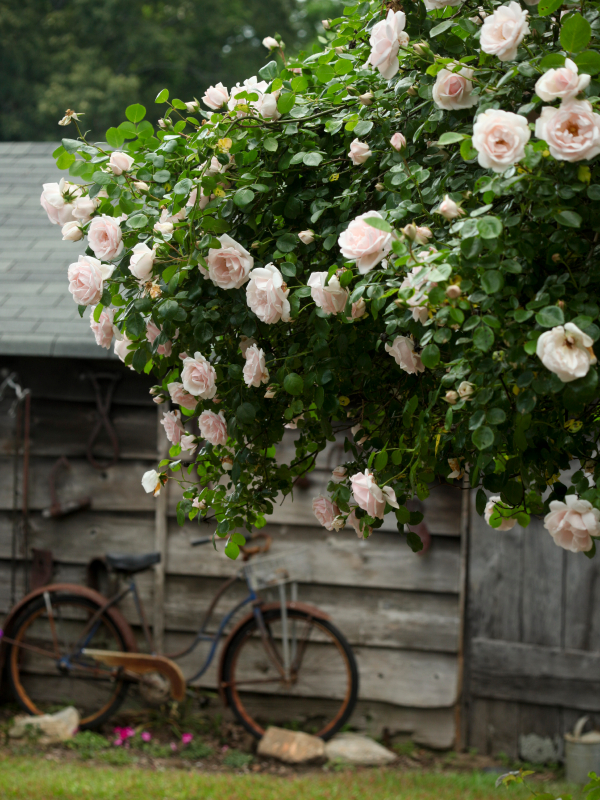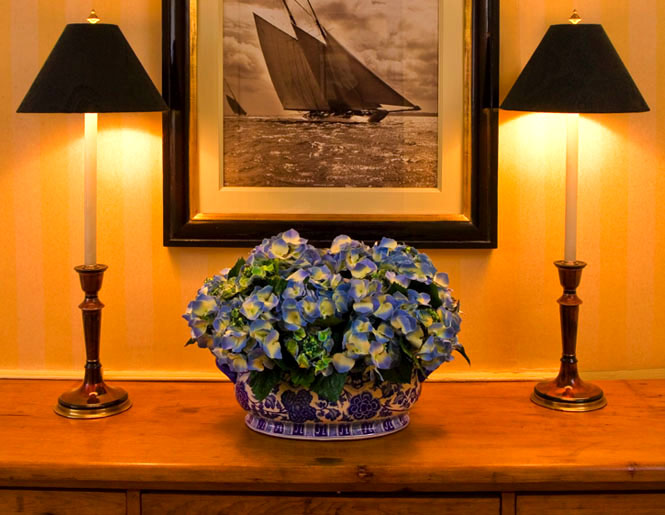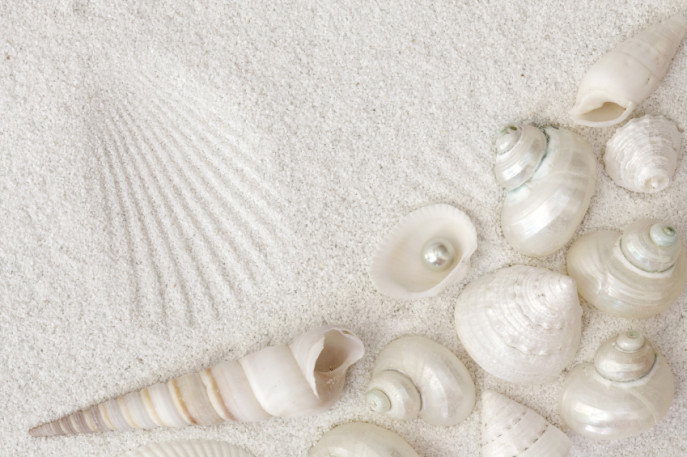Are you interested in collecting nautical antiques, but aren’t sure where to begin? There are few things as exciting as beginning a new collection, particularly when the items are reminders of love from long ago. Sailors in the 19th century were often away for long periods of time. It was common practice, then as now, to bring a girlfriend or wife something special when returning home from a long trip. A popular item was a glass rolling pin, often decorated with poetry or artwork. The rolling pin opened on one side so it could be filled with salt, a treasured commodity as a high tax on the preservative made it very expensive until about 1845.
Most of the blown glass cylinders came from Liverpool, Bristol, or Nailsea, all known as manufacturers of glassware. Bristol was the best known; I have two Sailor’s Souvenirs of my own from Bristol. Some of the glass items popular at the time were vases, candlesticks, salt cellars, cups and saucers, and other ornamental items.
Nailsea was quite close to Bristol, actually started by a Bristol glassmaker in 1788. Nailsea made many little “fairings” and love-tokens, including the rolling pins. Some people believe the rolling pins were used to smuggle spirits during the strict British Excise laws. Most likely, however, they were filled not only with salt, but also with spices, cocoa or baking powder.
To keep the salt dry, the glass rolling pins were often hung by a fireplace. Superstitions abounded in the maritime community, and it was thought that if a rolling pin fell to the floor and broke, that the sailor would either be in a shipwreck or lost to another woman.
Another charming folk art collectible is the sailor whirligig. Because the whirligig depends for its movement on the same principles which propels a weathervane, it is thought that the first whirligigs were made by either farmers or sailors, the groups most concerned with wind direction and a change in the weather. “Nantucket” or “sailor” whirligigs were popular toys in the 19th century, and the most common form is that of a sailor twirling his paddle arms.
Supposedly the whirligig was a child’s toy during a time of strict religious practices. A father would whittle a toy that moved by wind alone to entertain a bored child who was forbidden to play during the day. It’s unclear whether or not this is a true story, but the whirligig today is among the most valued of folk art objects, particularly with its original paint.
There are Victorian-era collectibles for any budget, so start searching for some of the beautiful and fascinating items that interest you. Some rolling pins can still be found quite inexpensively; others are rarer and cost more. An interesting source of additional information on folk art and antiques is Jim Linderman’s blog Dull Tool Dim Bulb. Find it here.
Some of these images were found on the internet, and are included under the U.S. Fair Use Law because their inclusion in this post illustrates an educational article. If you are the owner of any image which you believe to be copyrighted, please contact me at info@dujardindesign.com.
















